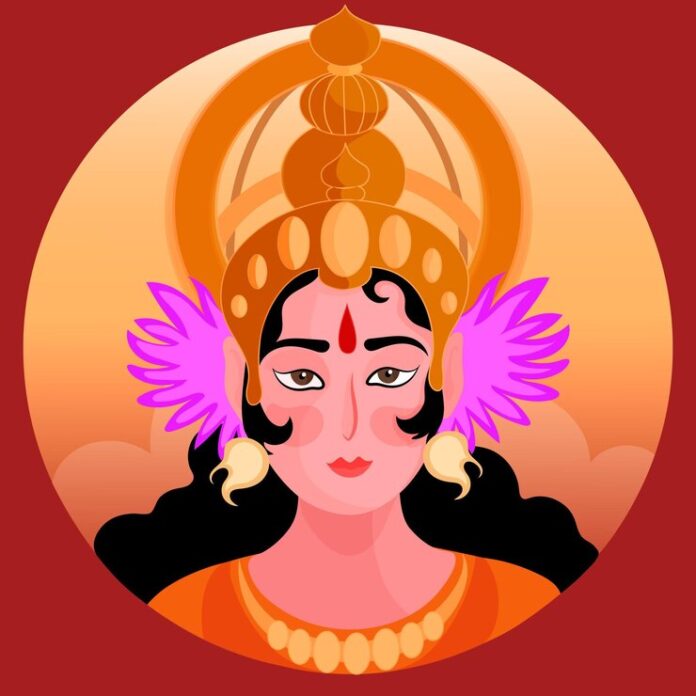Gangubai Kathiawadi may have become a household name after the critically acclaimed Bollywood film starring Alia Bhatt, but her real-life story is even more compelling. Gangubai’s life is one that intertwines resilience, empowerment, and a profound social impact in one of Mumbai’s most infamous districts.
Whether you’re a fan of Bollywood’s star-studded storytelling or a history enthusiast curious about the people who shaped India’s past, Gangubai Kathiawadi’s story connects these two worlds. This blog dives deep into the real Gangubai Kathiawadi story, the cinematic portrayal that brought her to the forefront, and her significance in Indian history and culture.
Who Was Gangubai Kathiawadi?
The movie Gangubai Kathiawadi, directed by Sanjay Leela Bhansali, brought to life an incredible true story that resonated with millions. It is based on a chapter from the book Mafia Queens of Mumbai written by Hussain Zaidi. The film follows the turbulent yet inspiring life of Gangubai, depicting her rise as a matriarch in the Kamathipura red-light area of Mumbai.
Behind the camera’s glamour lies a real-life figure whose life was even more layered. Gangubai Kathiawadi, born Ganga Harjivandas in Gujarat, had a life filled with both hardship and triumph. Her transformation from a young girl betrayed by love into a powerful broker of influence and compassion is not just cinematic fodder—it’s history.
The Real Gangubai Kathiawadi Story
Gangubai Kathiawadi’s life began in a small town in Gujarat. Born into a well-to-do family, Ganga harbored dreams of becoming an actress in Bollywood. However, her life took a dark turn when she eloped with her boyfriend at a young age, only to be sold into a brothel in Mumbai’s Kamathipura. It was in this red-light district that Ganga was forced to rebuild herself, adopting the name “Gangubai.”
While what followed was undeniably challenging, Gangubai rose as a fierce and compassionate leader—becoming one of Mumbai’s most influential madams. Rather than succumbing to despair, she established her authority in Kamathipura, fought for the rights of sex workers, and built a reputation as someone who could command respect and demand justice.
She also used her notoriety and influence to advocate for women in her care. Her fight to secure better living conditions and break the stigma around sex work made her both a feared and revered figure. One of the most astounding points in Gangubai’s life was her meeting with then-Prime Minister Jawaharlal Nehru, where she openly discussed the plight of sex workers—a courageous and groundbreaking move for the time.
Gangubai’s story is a testament to resilience, shattering societal norms, and maintaining humanity in the most trying circumstances.
Gangubai Kathiawadi in Cinema
Adaptations of real-life figures for the big screen come with their own challenges, but Gangubai Kathiawadi was a masterclass in blending fact with cinematic flourish. Under Sanjay Leela Bhansali’s directorial helm, the film painted a vivid picture of Gangubai’s life, balancing tragedy, power, and poignancy with the grandeur cinema audiences expect.
The film’s centerpiece is, undoubtedly, Alia Bhatt’s performance. Transforming into such a complex character—a figure both feared and loved—was no small task. Alia’s portrayal earned critical and audience acclaim alike, with many hailing it as her career-best performance. Bhatt captured the essence of Gangubai’s personality—her vulnerabilities, her strength, and her commanding presence.
The film’s screenplay, outstanding production design, and a soundtrack that complemented the story helped bring the life and energy of Kamathipura to the audience. It showed India the delicate balance of Gangubai’s life as a leader, caregiver, and entrepreneur within an often-overlooked community.
However, it’s worth noting that adapting true stories often involves creative liberties, and not every moment in the film aligns with the historical record. While Bhansali certainly dramatised elements of her life, the film stays grounded in the essence of Gangubai’s legacy—one of empowerment and transformation.
The Historical Significance of Gangubai’s Story
Understanding the real Gangubai Kathiawadi story bridges the gap between history, social change, and popular culture. At the heart of her legacy lies her fight for the dignity and rights of a stigmatized community. She forced society to see sex workers as individuals with stories, struggles, and rights.
Gangubai’s story opens up larger conversations about empowerment, resilience, and the role of women in shaping marginalized communities. Her courage to challenge societal norms resonated far beyond Kamathipura. Even today, her life is a source of inspiration for many who find themselves on society’s fringes.
Additionally, her advocacy for sex workers brought attention to systemic issues, such as lack of access to healthcare and education within red-light districts. At a time when these conversations were taboo, Gangubai championed a movement that left a lasting impact.
Her rise as an authoritative figure symbolizes her defiance against a society that systematically tried to push her down. It’s hard not to draw parallels between her activism and empowerment of women—a theme as relevant today as it was in mid-20th century India.
Why Real-Life Stories Like Gangubai’s Matter
Stories like Gangubai Kathiawadi’s teach us about the power of human resilience and the ability to make an impact even in unfavorable circumstances. They remind audiences that every larger-than-life figure was once an ordinary individual pushed to rise against the odds.
For Bollywood enthusiasts, Gangubai’s story illustrates how Indian cinema can shine a spotlight on history’s forgotten heroes. For history buffs, it’s a compelling case study of how individuals can rise above personal trials to influence broader societal change.
If you haven’t yet, the story of Gangubai deserves your attention—whether through Bhansali’s film, Zaidi’s Mafia Queens of Mumbai, or by exploring the history of Kamathipura itself


